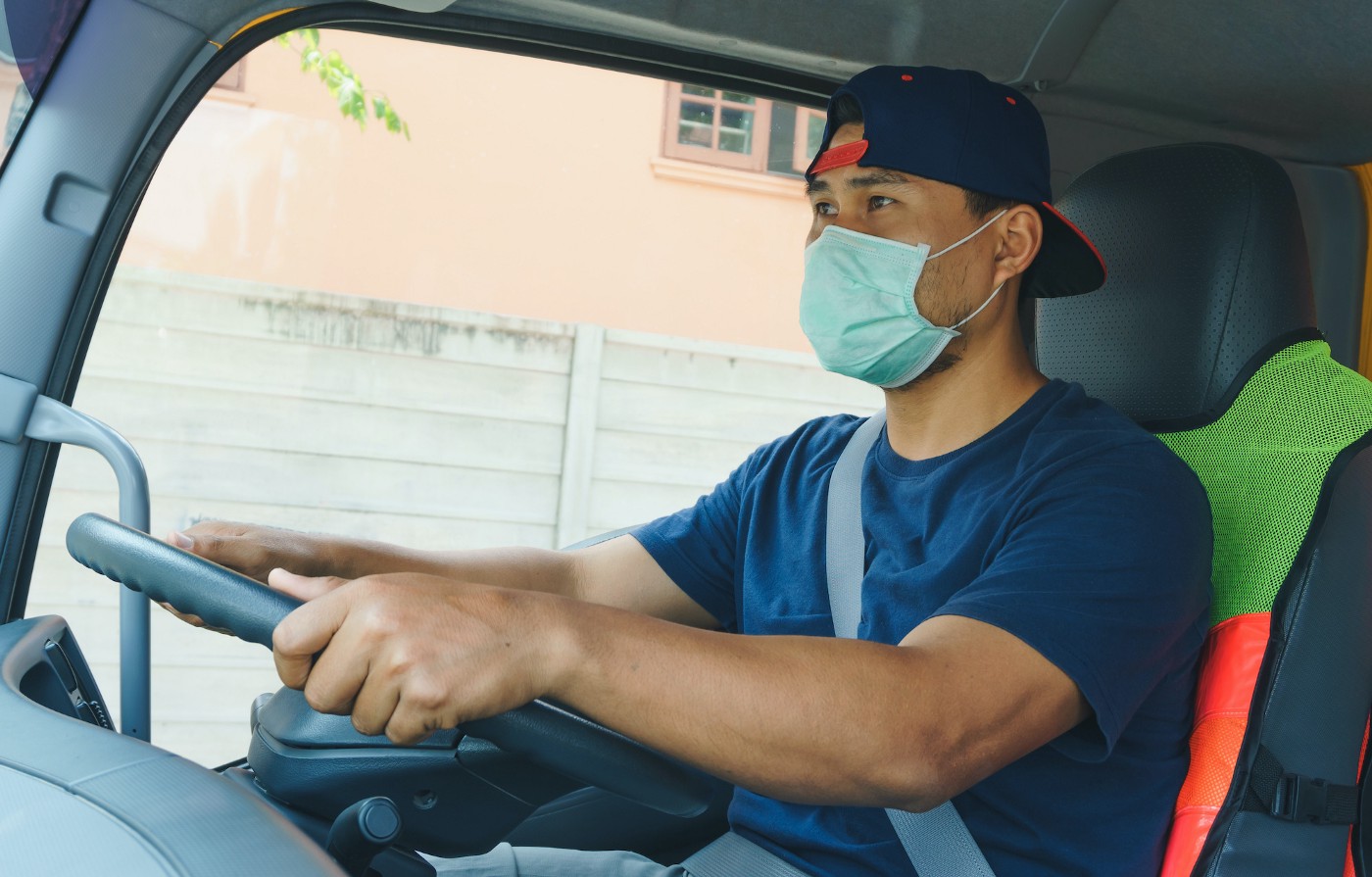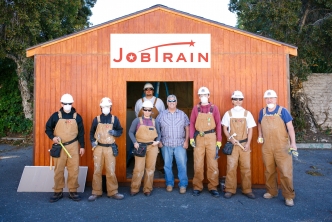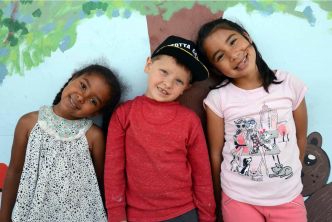
Disparities Are Growing — Better Philanthropy Can Help Shift the Tide
By Catherine Crystal Foster, CEO & Co-founder of Magnify Community. Originally published on Medium.
The virus that’s stalking us is doing more than sickening and killing unimaginable numbers of people. It’s cracking open and laying bare the deep inequities in our communities that were present before the pandemic and now dictate with heartbreaking predictability who bears the brunt of the pain. There are few places where that is more clear than in Silicon Valley. But local philanthropy can and should play a role in ameliorating that pain, and helping support efforts to alter the structures of that inequity.
In just the past week, a remarkable number of reports and events have underscored the depth and breadth of these challenges, but also paths to potential solutions.
We learned that Santa Clara County’s lower income Latinx neighborhoods were hit hardest by COVID-19 and experienced death rates four times that of wealthier neighborhoods, and that more than 11,000 students in San Jose alone don’t have access to the devices they need to attend school remotely, while affluent students can keep up with studies on laptops connected to stable WiFi at home. The essential workers most likely to be in harm’s way are predominantly women, people of color, and immigrants. They are the most economically and socially vulnerable, as well. At the same time, we also heard a call to action for philanthropy, given the findings of a new report showing that nonprofit organizations led by people of color receive significantly less money than those led by whites. This came right on the heels of a virtual discussion Magnify Community held with donors, foundation staff, and advisors on how to take action to incorporate diversity, equity, and inclusion in grantmaking.
In the midst of this disorienting and demoralizing crisis, what can donors do — now and in the months and even years to come?
First, give relief now to help the most vulnerable today. Unleash the powerful generosity we know exists in this community to fund the frontline (food, shelter, and health), the systems that enable our families and economy to function (child care, workforce, and education), and the institutions that will help us heal and cohere as a community (arts and culture — particularly community institutions that have less access to capital). Some thoughtful Silicon Valley donors are crafting their own giving strategies and sharing their thinking, or suggesting frameworks for others to make choices about where to give now.
Second, take great care to give in a way that is inclusive and equitable. Recognize the value of all kinds of knowledge and leadership, including lived experience and cultural understanding. Embrace the value of operating support without unnecessary restrictions, and simple reporting that frees nonprofit leaders to focus on what moves their mission forward. Let go of the power that comes from having money to give; welcome those close to the issues into the decision making process, and communicate in ways that diffuse power dynamics. Listen deeply and with an open heart and mind to nonprofit leaders and the people they serve. Consider how racial privilege and bias shape the issues you are addressing and the way philanthropic dollars are distributed.
Third, don’t walk away after the initial relief phase ends. Very soon, we’ll need to dig deeply again not just to help our community recover, but to truly reimagine and rejuvenate the Valley and the nonprofit sector that plays such a crucial and unsung role in our ability to thrive. There is no going back to “normal.” The “normal” that was in the nonprofit sector isn’t even one that we want to recreate, given the struggle to find the resources to meet rising needs with escalating costs, and the depth of inequity that has long plagued our community. This raises hard questions about our willingness to fund nonprofit capacity and reserves, and acknowledgment of the inevitable contraction and consolidation of the sector. We must keep the impact on equity in mind as we do so. In this next phase, giving to advocacy, organizing, and systems-change efforts, as well as direct services, will be more important than ever. We’ll need housing, education, child care, and workforce systems that work for all, and foster care and criminal justice systems that maximize everyone’s potential.
Last, give boldly. The mind-boggling extent of the economic pain and organizational disruption not only demands a comparable response, it offers an unprecedented opportunity. We’ve been monitoring the COVID-related response of family foundations in Silicon Valley, and have been proud of the way so many are stepping up with millions of dollars in new commitments. The Silicon Valley Community Foundation is challenging its donor advised fund (DAF) holders to allocate up to an additional 5% toward local COVID relief. A growing #HalfMyDAF movement ups the ante and is offering $1 million in matching funds to nonprofits to motivate DAF holders to give away half their funds by September 30. As we’ve taken to saying, this isn’t just the rainy day you’ve been saving for; it’s a monsoon. We must all act accordingly.
Magnify Community was born a year and a half ago — well before the COVID-19 crisis. We started this venture because despite the wealth and vibrancy of Silicon Valley, far too many people were struggling to make ends meet and share in the region’s prosperity. And the network of nonprofit organizations that help support them and enhance the quality of life for all in the Valley faces a similar struggle. While many people here are generous, the overwhelming majority of Silicon Valley philanthropy does not go to the organizations that serve those who live or work here. The fragile framework of community support, buttressed by valiant nonprofit leaders and some very generous local donors, is in danger of total disintegration in this new era.
The current crisis serves as a rallying call not only to tend to the wounded now, but to look anew at the inequities, undercapitalized support structures, and destabilizing needs that were present before. The fissures that already weakened our social fabric are growing and, untended, will jeopardize our future when we emerge from quarantine. This is a moment to give deeply, while also beginning to invest thoughtfully and generously in building a post-COVID world that is more resilient, healthy, and just.


